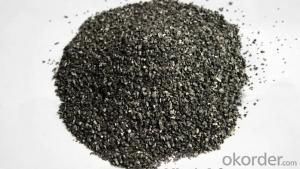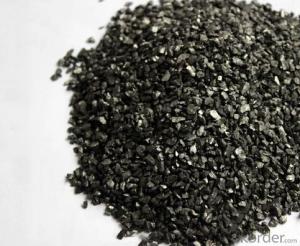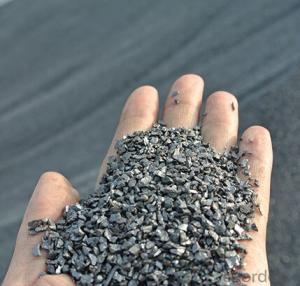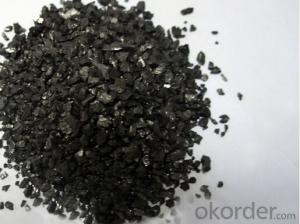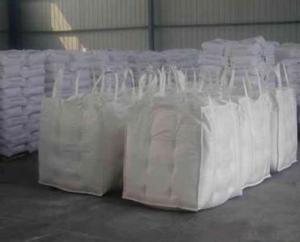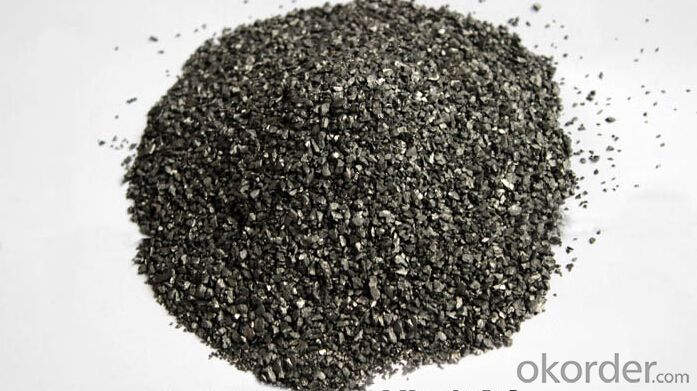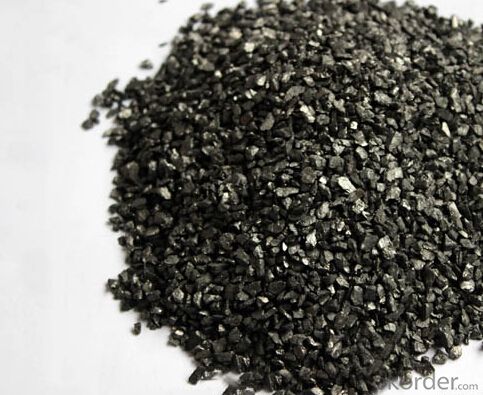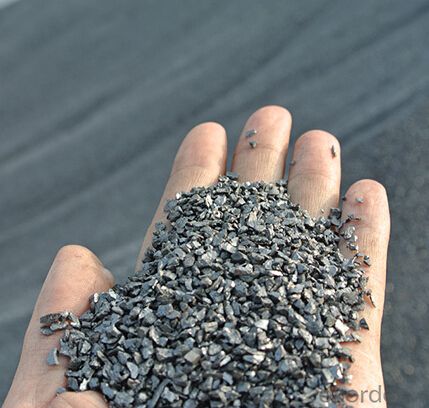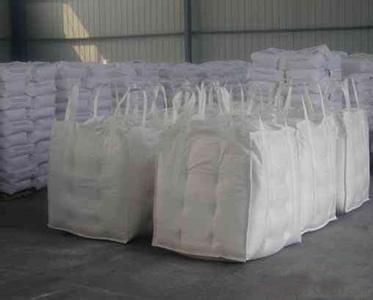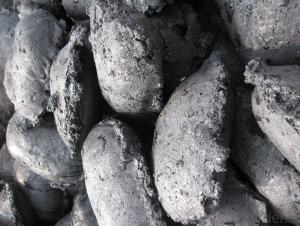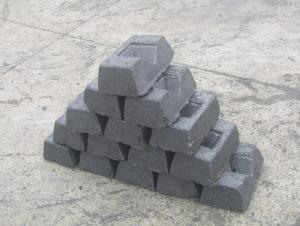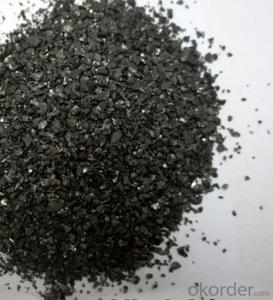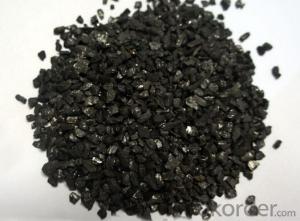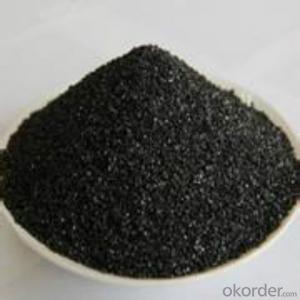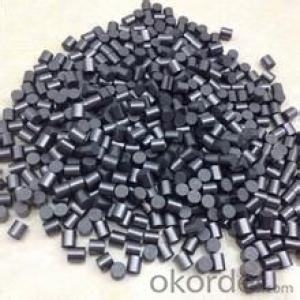Recarburizer 3-5MM 93% FC Carburant Carbon Additives for steel plant
- Loading Port:
- Qingdao
- Payment Terms:
- TT OR LC
- Min Order Qty:
- 10 m.t.
- Supply Capability:
- 50000 m.t./month
OKorder Service Pledge
OKorder Financial Service
You Might Also Like
Specifications Of Recarburizer 93% FC
- High C content;
- Low S and N content;
- High abosorbility;
Recarburizer(Carburant, carbon additives) with high quality, 0-20mm for metal casting foundry and steel plant, low nitrogen content and high carbon content, min 90% carbon content, at the same time as your requirements with no problem. The best media for adding carbon.
Technical Data Sheet of Recarburizer 93% FC
Fixed carbon | ≥ 93% |
Ash content | ≤ 5.0% |
Vol . Matter | ≤ 1.0% |
Sulphur content | ≤ 0.3% |
Moisture content | ≤ 0.3% |
Size | 0-20mm or as your requirement. |
Packing | - 25kg bag - One tone bags, Jumbo bag |
Delivery time | In 5-10 working days or depends on the order quantity |
Supply ability | 50000 Metric Ton Per Month |
Payment terms | L/C at sight or T/T |
Available Size: 0,1-4mm, 1-5mm, 3-8mm, 8-20mm (as per customers’ requirements)
Usage: widely used in casting foundry, steel-making, metallurgical Etc.
Applications of Recarburizer 93% FC
Mainly used in steel making in electrical stove, screening water, ship building sandblast to remove rust,producing carbon materials Etc.
Characteristics of Recarburizer 93% FC
- Particle size, porosity, absorption speed stable
- High degree of carbonize product, increase the original nuclear capability in the shape of liquid iron.
- Increased in the inoclation of nodular cast iron ball ink quantiyt, increase in th electric furnace iron graphit crystal nucleus.
- Excellent performance, stable.

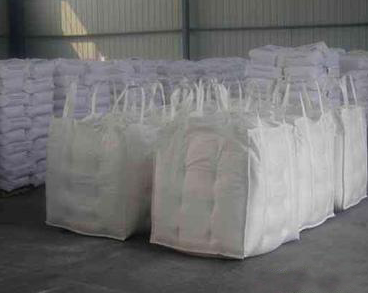
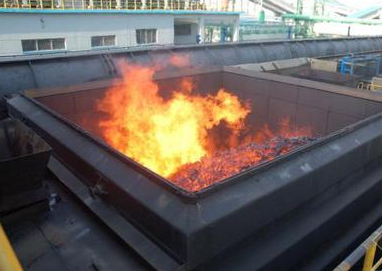
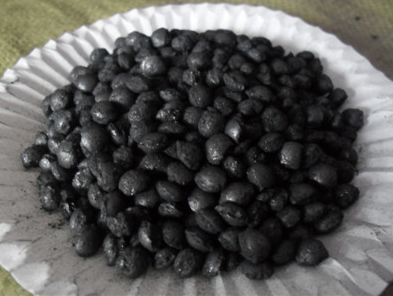
- Q: How are carbon nanomaterials used in electronics?
- Due to their unique properties and versatility, carbon nanomaterials find widespread use in the field of electronics. A common application of these materials is in the creation of highly efficient and flexible conductive materials. Both carbon nanotubes (CNTs) and graphene, which fall under the category of carbon nanomaterials, possess remarkable electrical conductivity, making them ideal for the production of conductive components in electronic devices. CNTs are cylindrical structures comprised of rolled-up graphene sheets. They can be utilized as interconnects in integrated circuits, enhancing performance by reducing resistance and promoting heat dissipation. Furthermore, CNTs can be employed in transistors, facilitating faster and more efficient switching due to their high electron mobility. Their small size and flexibility render them suitable for the construction of transparent conductive films used in touchscreens and flexible electronics. On the other hand, graphene is a two-dimensional sheet composed of carbon atoms arranged in a hexagonal lattice. It is renowned for its exceptional electrical conductivity, high electron mobility, and excellent thermal conductivity. Materials based on graphene can function as electrodes in batteries and supercapacitors, thereby enhancing their energy storage capacity. Additionally, graphene transistors possess the potential to replace traditional silicon-based transistors, resulting in faster and more energy-efficient electronic devices. Furthermore, carbon nanomaterials, particularly CNTs, exhibit promise in the realm of nanoelectromechanical systems (NEMS). NEMS devices are exceedingly small and sensitive, enabling applications such as sensors, actuators, and resonators. CNT-based NEMS devices have displayed exceptional sensitivity and responsiveness, making them suitable for various sensing applications, including pressure, gas, and biological sensing. In conclusion, carbon nanomaterials play a vital role in the field of electronics by offering highly conductive and versatile materials for different components and applications. Their unique properties, such as excellent electrical and thermal conductivity, make them ideal for the production of faster, more efficient, and flexible electronic devices. As research and development in this field continue to advance, carbon nanomaterials are poised to revolutionize the electronics industry.
- Q: What are the applications of carbon nanomaterials in medicine?
- Due to their unique properties and potential applications, carbon nanomaterials have emerged as promising tools in the field of medicine. One key application of these nanomaterials is in drug delivery systems, where they can be functionalized with drugs for targeted delivery to specific cells or tissues. The large surface area of carbon nanomaterials allows for more efficient drug loading, leading to improved therapeutic efficacy and reduced side effects. In the field of tissue engineering, carbon nanomaterials show great potential as scaffolds for supporting the growth and regeneration of damaged tissues. Their excellent mechanical strength and biocompatibility make them suitable for applications like bone and cartilage repair. Additionally, their electrical and thermal conductivity properties make them ideal for creating bioelectrodes and biosensors, which can be used for various diagnostic and monitoring purposes. Furthermore, carbon nanomaterials have been investigated for their antimicrobial properties. They have demonstrated the ability to inhibit the growth of bacteria and fungi, making them potential candidates for developing new antimicrobial agents. This could be particularly beneficial in preventing and treating infections in medical devices and implants. Another application of carbon nanomaterials in medicine is in imaging and diagnostics. These nanomaterials can serve as contrast agents in imaging techniques like magnetic resonance imaging (MRI) and fluorescence imaging. Their unique optical and magnetic properties enable enhanced imaging and improved disease detection, such as in cancer. Carbon nanomaterials also hold promise in the field of cancer therapy. They can be utilized in photothermal therapy, where they convert light into heat and selectively kill cancer cells. Additionally, they can be used in photodynamic therapy, where light activation triggers the generation of reactive oxygen species, leading to the destruction of cancer cells. In conclusion, carbon nanomaterials have a wide range of applications in medicine, including targeted drug delivery, tissue engineering, antimicrobial agents, diagnostic imaging, and cancer therapy. Ongoing research and development in this field have the potential to revolutionize medical treatments and enhance patient outcomes.
- Q: How do you use carbon fourteen to measure the age?
- One is obvious a small amount of sample, only 1 ~ 5 mg samples can be, such as a piece of fabric, bone chips, toner trace of ancient ceramics in the surface or pores can be measured; while the conventional carbon - 14 dating rules 1 to 5 grams of samples differ by 3 orders of magnitude. The two is high sensitivity. The sensitivity of 10-15 to 10-16 isotope ratio measurement; while the conventional carbon - 14 dating rules with a difference of 5 to 7 orders of magnitude. Three is a short measurement time, measurement of modern carbon to reach 1% accuracy, only 10 to 20 minutes; while the conventional carbon - 14 dating is 12 ~ 20 hours. It is due to carbon - 14 accelerator mass spectrometry dating method has the advantage, since its inception, has been paid attention to by archaeologists, paleontologists and geologists, and is widely used. It can be said that within 50000 years of cultural relics on the determination of samples, carbon - 14 accelerator mass spectrometry dating method is determined the accuracy of a maximum of 1. carbon. 14 is a radioactive isotope of carbon, was found in 1940. It is produced by cosmic rays collide with a nitrogen atom in the air, which has a half-life of about 5730 years, as the decay of beta decay, 14 atoms into carbon nitrogen atoms.
- Q: What is the impact of carbon emissions on agriculture?
- Agriculture is significantly impacted by carbon emissions, with effects seen in both crop production and livestock farming. The primary consequence of increased carbon emissions is climate change, which has the ability to change weather patterns and temperatures. These alterations can disrupt the delicate balance necessary for successful agriculture. The rising temperatures caused by carbon emissions result in increased evaporation, which can diminish soil moisture and hinder crop growth. This leads to more frequent and severe droughts, causing water scarcity and reduced crop yields. Moreover, extreme weather events like floods, storms, and hurricanes become more common, causing extensive damage to crops and farmland. Another outcome of carbon emissions is the modification of atmospheric composition. Elevated levels of carbon dioxide (CO2) stimulate the growth of specific weeds and invasive species, which compete with crops for vital resources such as sunlight, water, and nutrients. This competition ultimately results in decreased crop yields and lower-quality produce. Furthermore, carbon emissions contribute to air pollution, including the formation of ozone. High levels of ozone can harm plant tissues and limit photosynthesis, thus reducing crop productivity. Livestock health is also negatively affected by ozone, leading to decreased growth rates and milk production. The impact of carbon emissions on agriculture extends beyond crop production to livestock farming. Changes in climate and temperature can adversely affect animal health and productivity. Heat stress becomes a significant issue, resulting in reduced fertility, lower milk yields, and increased vulnerability to diseases. Additionally, livestock require sufficient access to water and nutritious feed, which can become scarce due to droughts and heightened competition for resources. In conclusion, carbon emissions have a detrimental impact on agriculture, affecting both crop production and livestock farming. Climate change, altered weather patterns, and increased competition for resources all contribute to reduced yields, lower-quality produce, and decreased livestock productivity. It is crucial to address and mitigate carbon emissions to ensure the sustainability and resilience of the agricultural sector in the face of these challenges.
- Q: What is carbon neutral agriculture?
- Carbon neutral agriculture refers to farming practices that aim to balance out the amount of carbon dioxide released into the atmosphere with the amount removed or offset. It involves implementing sustainable techniques such as reducing greenhouse gas emissions, promoting carbon sequestration in soils, and utilizing renewable energy sources. The goal is to achieve a net-zero carbon footprint in agricultural activities, contributing to mitigating climate change impacts while ensuring food production and environmental sustainability.
- Q: How are carbon nanotubes used in various industries?
- Carbon nanotubes are incredibly versatile materials that have found applications in numerous industries. Their unique properties make them ideal for a wide range of uses. In the electronics industry, carbon nanotubes are used to enhance the performance of electronic devices. They can be used as conductive additives in polymers to improve their electrical conductivity, making them suitable for applications such as flexible displays, touchscreens, and wearable electronics. Additionally, carbon nanotubes can be used as field emitters in flat-panel displays, enabling brighter and more energy-efficient screens. The aerospace and automotive industries also benefit from carbon nanotubes. Due to their exceptional strength and low weight, carbon nanotubes are used to manufacture lightweight and durable composites for aircraft and automobile parts. These composites offer improved fuel efficiency, increased load-bearing capacity, and enhanced resistance to impact and corrosion, making them crucial in the development of next-generation vehicles and aircraft. Another industry where carbon nanotubes have made significant contributions is the energy sector. Carbon nanotubes have been used to develop more efficient and durable batteries and supercapacitors. Their high surface area and excellent electrical conductivity enable faster charging and discharging rates, leading to improved energy storage and longer battery life. Moreover, carbon nanotubes are being explored as catalysts for fuel cells, which could revolutionize the clean energy industry by providing a more sustainable and efficient power source. The medical and healthcare industries also utilize carbon nanotubes in various applications. They are used as drug delivery vehicles, allowing targeted delivery of medications to specific cells or tissues, thereby improving treatment efficacy and reducing side effects. Carbon nanotubes are also being investigated for their potential in medical imaging, as they have unique optical properties that can enhance the sensitivity and resolution of imaging techniques such as MRI and CT scans. Furthermore, carbon nanotubes find applications in the construction industry, where they are used to reinforce concrete and enhance its mechanical properties. By adding carbon nanotubes to concrete, it becomes stronger, more durable, and resistant to cracking and corrosion. This can lead to safer and longer-lasting infrastructure, such as bridges and buildings. In conclusion, carbon nanotubes have revolutionized various industries by offering exceptional properties such as high strength, electrical conductivity, and light weight. From electronics to aerospace, energy to healthcare, and construction to automotive, carbon nanotubes have found applications in a multitude of sectors, enabling the development of innovative and advanced technologies.
- Q: How does carbon impact the prevalence of floods?
- Carbon does not directly impact the prevalence of floods, but it does play a significant role in influencing climate change, which in turn can affect the occurrence and severity of floods. Carbon dioxide (CO2) is a greenhouse gas that is primarily responsible for trapping heat in the Earth's atmosphere, leading to a phenomenon known as global warming. This rise in global temperatures has several consequences, one of which is an increase in the frequency and intensity of extreme weather events, including floods. As the planet warms, the atmosphere is able to hold more moisture, resulting in an increased likelihood of heavy precipitation events. This can lead to more intense rainfall, causing rivers and other water bodies to overflow their banks and resulting in flooding. Additionally, warmer temperatures can also cause glaciers and ice caps to melt, contributing to rising sea levels, which can exacerbate the impacts of flood events, particularly in coastal regions. Furthermore, carbon emissions from human activities such as burning fossil fuels and deforestation are the primary drivers of climate change. By reducing our carbon footprint and transitioning to cleaner sources of energy, we can help mitigate the impacts of climate change and potentially reduce the prevalence of floods in the long term. It is important to note that while carbon emissions are a significant factor in climate change, they are not the sole cause of floods. Other natural factors such as rainfall patterns, topography, and land use also play important roles in determining flood risks.
- Q: How to test aldehyde group and carbon carbon double bond in acrolein
- Can be oxidized into carboxyl aldehyde with silver ammonia solution or new copper hydroxide,
- Q: What are the applications of graphite in industry?
- Graphite has numerous applications in various industries due to its unique properties. Here are some of the key applications of graphite in industry: 1. Lubricants: Graphite is widely used as a solid lubricant in industry due to its low friction coefficient. It is commonly used in applications where high temperatures and extreme pressures are present, such as in the automotive, aerospace, and heavy machinery industries. 2. Refractories: Graphite is highly resistant to heat and chemical reactions, making it an ideal material for manufacturing refractory products. Its use in refractories helps to line furnaces, crucibles, and other high-temperature equipment used in metal production, glass manufacturing, and chemical processing. 3. Electrical industry: Graphite is an excellent conductor of electricity, and it is widely used in the electrical industry. It is used to manufacture electrodes, brushes, and contacts for electrical motors, generators, and batteries. Graphite is also used as a component in various electrical applications, such as electrical discharge machining (EDM) and as a conductive filler in conductive paints and coatings. 4. Foundry industry: Graphite is used as a mold and core material in the foundry industry. Its high thermal conductivity and ability to withstand high temperatures make it suitable for casting applications. Graphite molds can be used for various metal casting processes, including sand casting, investment casting, and continuous casting. 5. Chemical industry: Graphite is used in the chemical industry due to its resistance to corrosion and high temperatures. It is used in the manufacture of chemical equipment, such as heat exchangers, reactors, and pipes, where it can withstand aggressive chemical environments. 6. Nuclear industry: Graphite is utilized in the nuclear industry as a moderator in nuclear reactors. Its ability to slow down neutrons allows for controlled nuclear fission reactions. Additionally, graphite is also used as a structural material in some types of nuclear reactors. 7. Composite materials: Graphite is commonly used as a reinforcement material in the production of composite materials. Graphite fibers or sheets are combined with other materials, such as resins or metals, to create lightweight and high-strength composites used in aerospace, automotive, and sporting goods industries. Overall, graphite's unique properties, including its high thermal conductivity, electrical conductivity, lubricity, and chemical inertness, make it a versatile material with applications in various industries.
- Q: What is the difference between carbon nanomaterials and nano carbon materials?
- Carbon nanomaterials are a general term for carbon nanotubes, carbon nanofibers, and so on. Therefore, there are differences and connections between these two statements.
Send your message to us
Recarburizer 3-5MM 93% FC Carburant Carbon Additives for steel plant
- Loading Port:
- Qingdao
- Payment Terms:
- TT OR LC
- Min Order Qty:
- 10 m.t.
- Supply Capability:
- 50000 m.t./month
OKorder Service Pledge
OKorder Financial Service
Similar products
Hot products
Hot Searches
